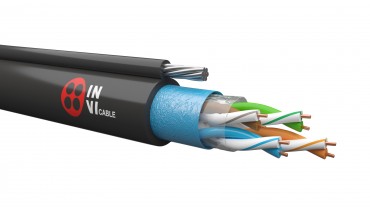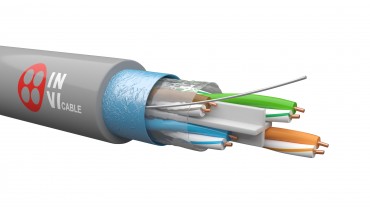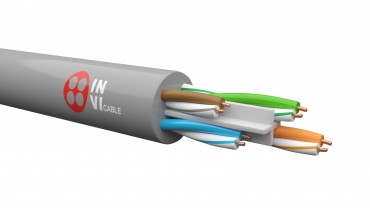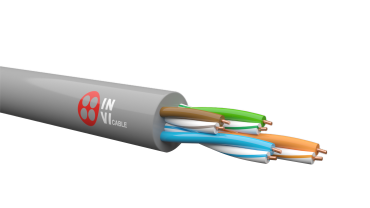Network internet cables
Today, twisted pair is perhaps one of the most famous and widespread cables. It is widely used in creating computer networks of various architectures and topologies. The cable has excellent performance characteristics and is easy to install, as it does not require the use of complex equipment. Well, with all this, twisted pair is surprisingly reliable. That is why this cable is used everywhere - office networks, ethernet Internet connections, telephone networks and telecommunications.
Among cable products, there are often many incomprehensible names for twisted pairs: UTP, S/UTP, F/UTP, FTP, SCTP, STP, S/STP and many others. Each marking on the cable has its own meaning and it is very important to know the meaning of English abbreviations.
The last two capital letters TP (Twisted Pair) are found in all cable names and translated from English means "twisted pair".
The letter U before Twisted Pair stands for Unshielded and is translated as "unprotected." This means that any cable with the abbreviation UTP is an unprotected twisted pair, i.e. such a cable does not contain individual layers of insulation (screen) between the twisted pairs.
LAN cables, inside which the copper pairs are isolated from each other, are called Shielded Twisted Pair (STP). The group of STP cables includes the marking of twisted pair PiMF (Pairs In Metal Foil). The translation of this phrase means "steam in metal foil." LAN cables S/STP, F/STP should also be classified as this type.
The letter S (Shielded) in front of the slash means (protected), and F (Foiled) means obstructive, but in this context it is translated as "foiled."
It is important to note that the FTP (Screened) cable also refers to the protected types of LAN cables that have a common aluminum screen.
It should be noted that all data cables of categories Cat5, Cat4 and Cat6 are equipped with 4 twisted pairs inside. The letter E after Cat5 indicates that the category is extended. And for the manufacture of FTP twisted pairs of the Cat5e class, it is mandatory to use not aluminum, but copper wires.
Advantages of using twisted pair cable over coaxial cable:
- ability to work in duplex mode;
- low cost of twisted pair cable;
- higher reliability of networks;
- the minimum permissible cable bending radius has been reduced;
- greater noise immunity due to the use of a differential signal;
- the ability to power low-power nodes via cable, for example, IP phones (Power over Ethernet, PoE standard);
- reduced minimally permissible bending radius of the cable;
- power supply via cable of low-power nodes, for example, IP-telephones (standard Power over Ethernet, PoE).







